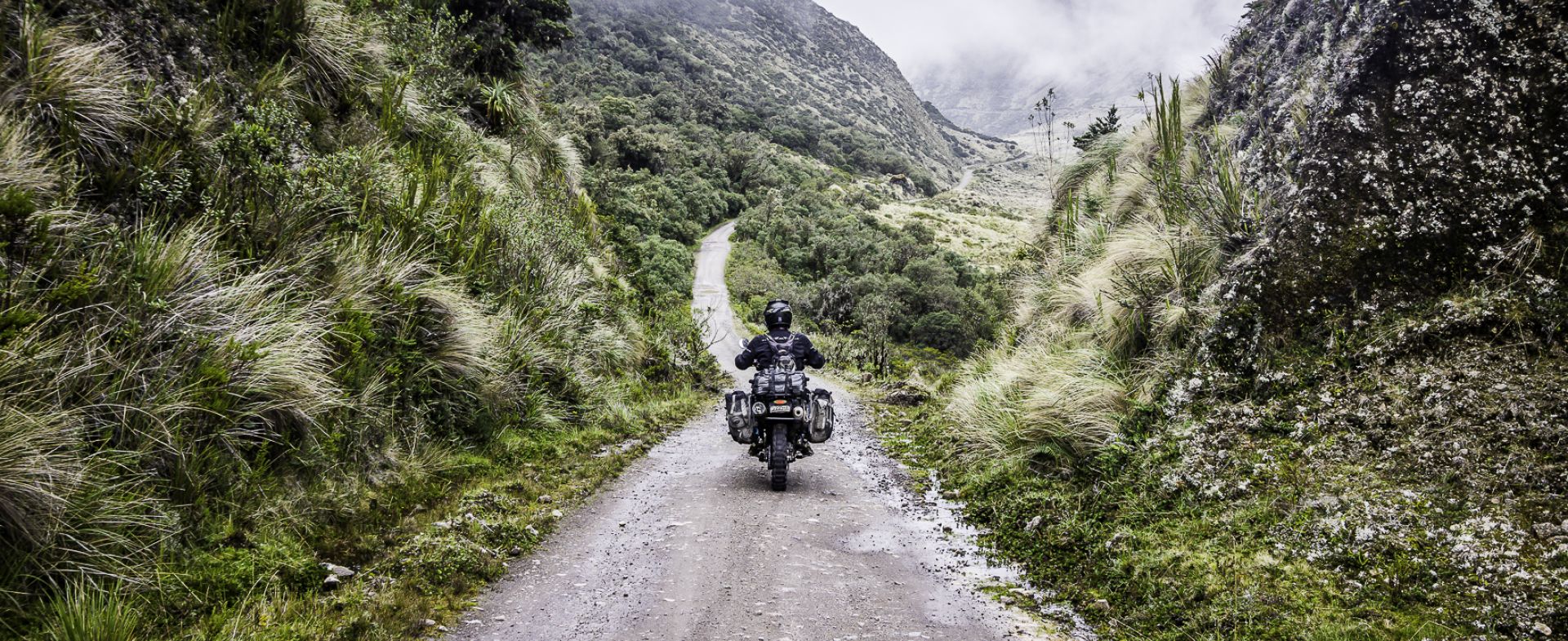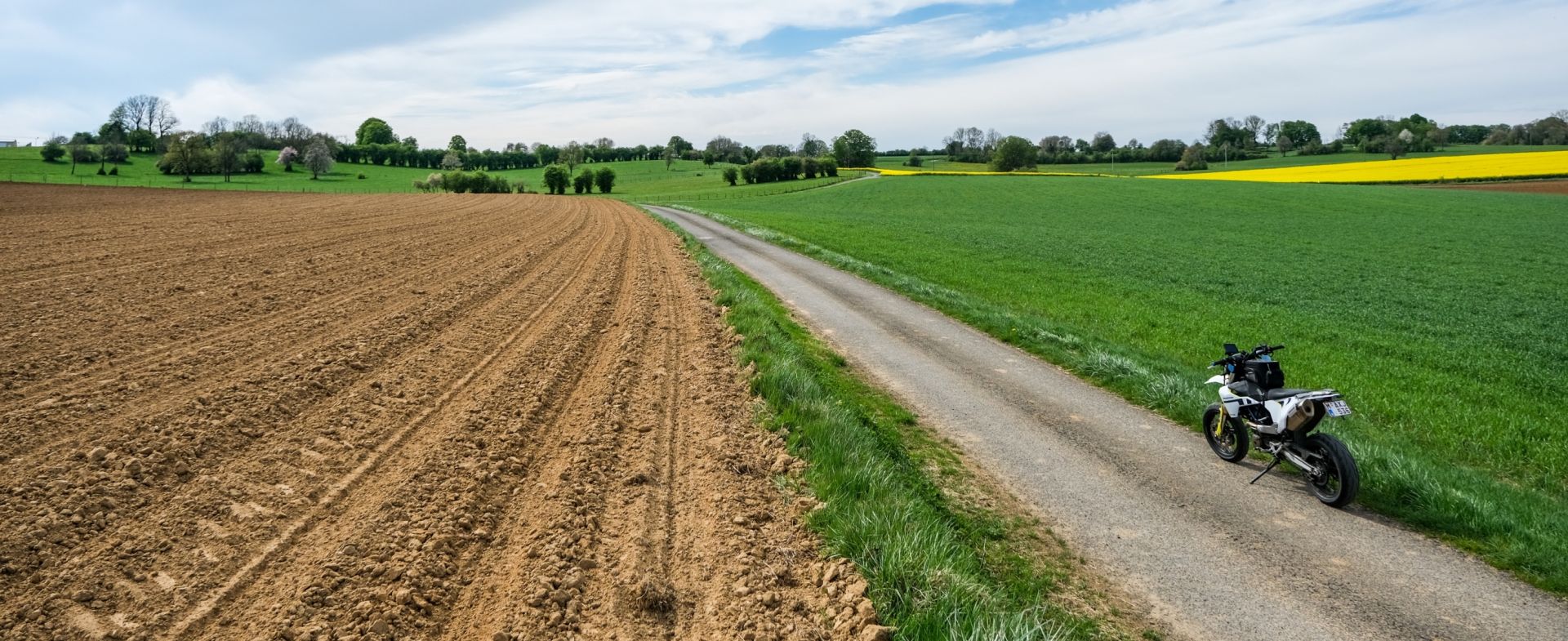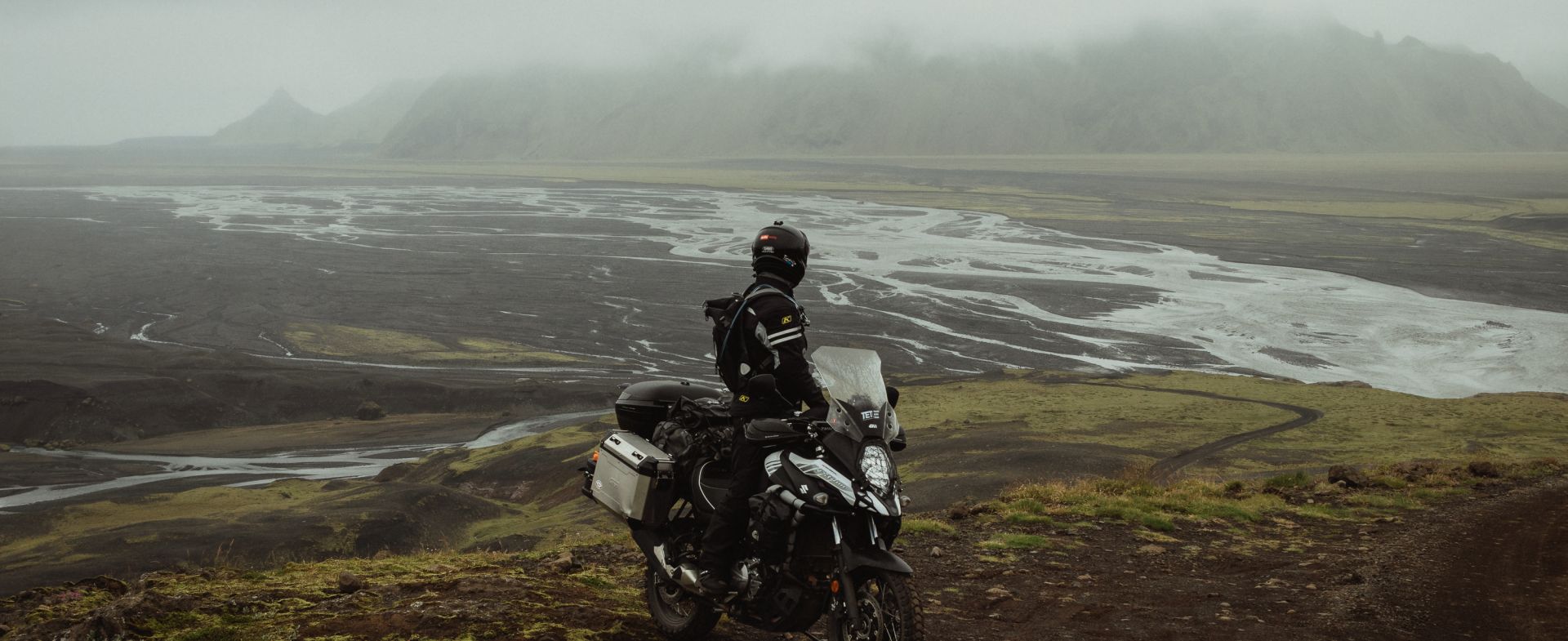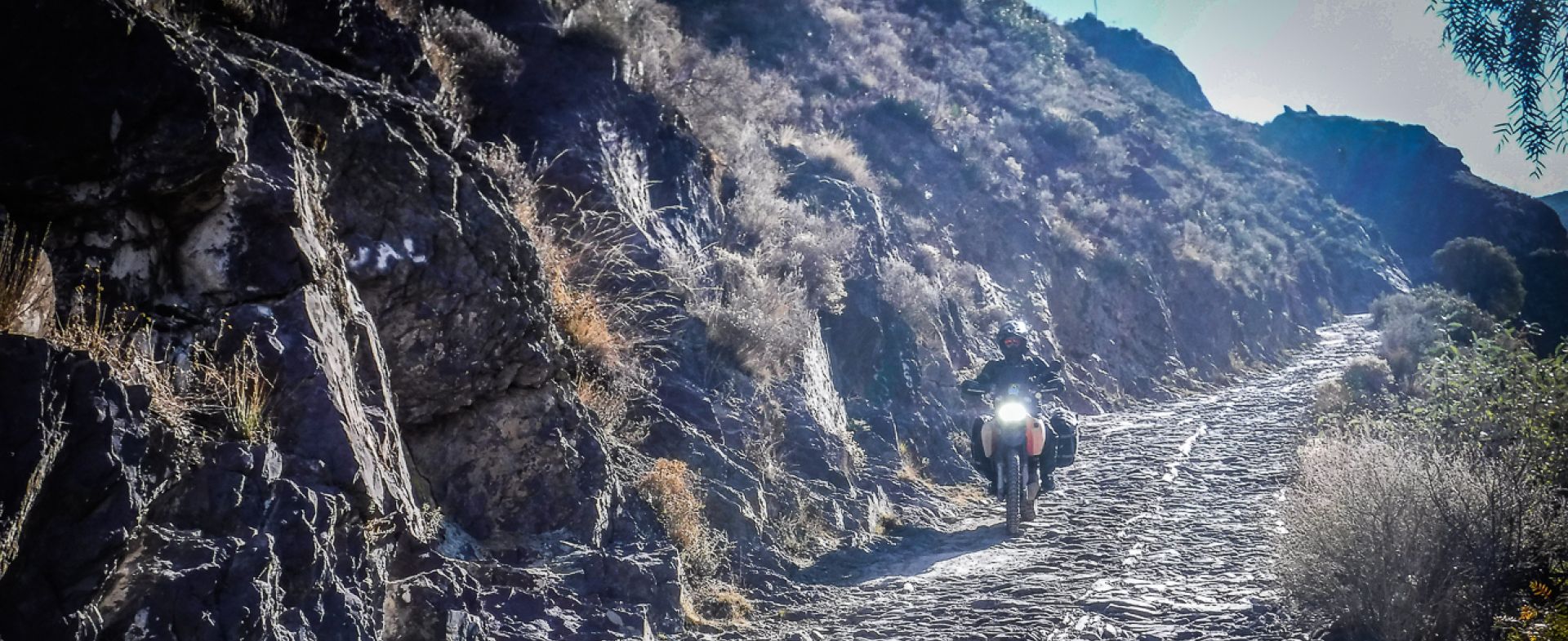A small South American country lying right on the equator and unable to boast world’s most-known wonders like the Machu Picchu in Peru or the endless southern pampas of Patagonia in Argentina and Chile, Ecuador often gets overlooked by motorcycle travelers who rush past following the Pan American Highway.
































